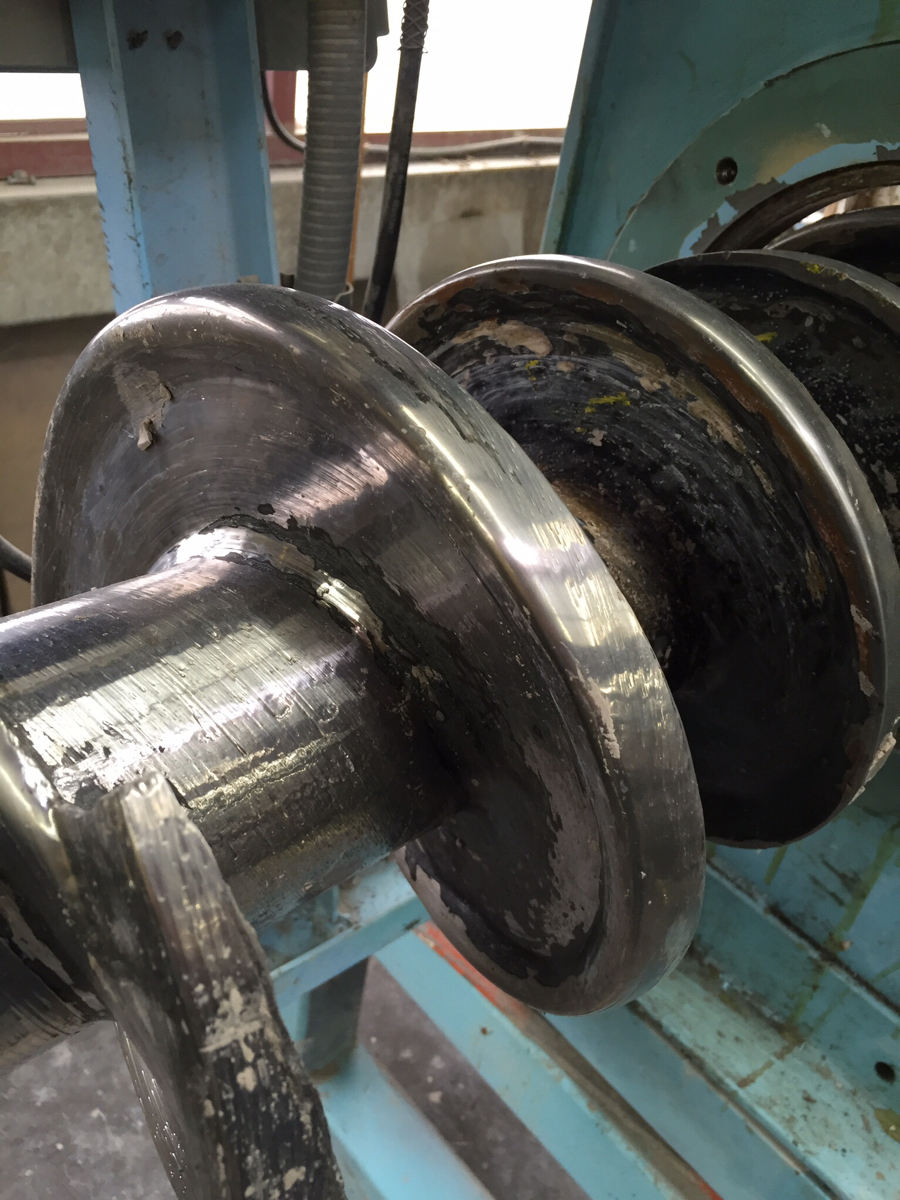Audit Overview
-
Document No.
-
Audit Title
-
Client / Site
-
Conducted on
-
Prepared by
-
Location
-
Personnel
1.0 General Workplace
-
Containers are stored safely so as not to cause a tripping or fall hazard.
-
Wooden pallets must lie flat, and don't lean on edge.
-
Furniture is in sound condition.
-
Liquid spills are cleaned up quickly.
-
Clear access to eyewash stations are maintained.
-
Equipment and tools are put away when not in use, and have a designated home.
-
Are walkways adequately clear and free of congestion. All aisles maintained at 30" widths
-
Floors surfaces are even, clean, and dry.
-
Outside areas are regularly swept and organized.
-
All waste streams are managed correctly.
-
Hoses and cords must not present a trip hazard or obstruct walkways.
-
Stairs and risers are kept clear.
-
Are hand railings and horizontal safety chains in good condition?
-
Observe everyone on shop floor to be wearing appropriate PPE.
-
Personal Protection Equipment is stored in a clean location.
-
All carts and pallet jacks stored safely when not in use.
-
All shelving and racking must have no damage to uprights or cross-beams that would compromise its integrity.
-
All shelving and racking (5' or higher), must either be secured to each other, or if available, to the wall.
2.0 Fire Prevention
-
Evacuation plan is displayed and understood by associates.
-
Exit pathways and doors must be kept clear of tripping hazards and obstructions.
-
Emergency exit doors are visibly marked with lit signage.
-
Flammable materials are not stored next to exit doors.
-
Evacuation drill is conducted at least once every six months.
-
Fire alarm system functions normally and can be heard from all locations within the building.
-
Exit and exit pathways are clearly marked for emergency evacuation purposes.
-
Exit doors can be opened easily from the inside.
-
Fire extinguishers are hung off the floor and remain readily accessible.
-
Fire extinguishers are inspected monthly with the inspection date noted.
3.0 Electrical Safety
-
All 110 volt plugs require a grounding plug.
-
Extension cords are not used as replacement for permanent wiring.
-
Extension cords and power strips are not daisy chained in sequence.
-
Floor heaters are plugged directly into wall socket, and not into an extension cord or power strip.
-
Floor heaters must have rollover kill switch.
-
Electrical panels require at least 36" of frontal clearance.
-
Electrical cords do not have any exposed insulation or wires.
-
Electrical cords are not spliced together with wire nuts or tape outside of conduit.
-
Tension relief is required on flexible electrical cords to eliminate strain on connections.
-
Disconnect switches must be legibly and durably marked to indicate the purpose.
-
Breaker box doors remain closed when not in use.
-
Materials are not stored on top of electrical boxes, transformers, or service panels.
-
Plugs, sockets, switches, and cover plates are free from damage.
-
Emergency safety switches have been tested every 6 months.
4.0 Chemical Safety
-
All containers containing wastes, universal wastes, or process materials are in good condition, with no visible signs of leakage, and are clearly labeled.
-
Labels identify the contents of the container by name or chemical composition.
-
Container labels must be complete, clearly legible, and must include hazard warnings.
-
If a container can't be labeled, a sign, placard, batch ticket or process sheet must be utilized to identify container contents and hazards.
-
Spill response kits are adequately stocked and in good condition.
-
Drip pans on floor to prevent spillage.
5.0 Machine Safety
-
Equipment is kept clean.
-
Floors around machines are kept clean.
-
Existing guards in good condition.
-
Starting and stopping devices within easy reach of operator.
-
Noise level is managed.
-
Bending or stooping is not required.
-
Lighting is adequate to operate machine.
-
Operators are familiar with Job Hazard Analysis for operating equipment.
-
Pneumatic and hydraulic hoses are protected and free of damage.
-
Propane tanks are secured from falling over or being damaged.
6.0 Guarding and LO/TO
-
Pinch and shear points, rotating parts, flying chips, sparks, etc, must be effectively guarded by physical barriers, presence or pressure sensing devices, electrical interlocks, or other means.
-
Guards that require both hands to operate properly must not be by-passed.
-
Adequate visibility is maintained through guards, as necessary.
-
Overhead lighting and rotating fan blades located within seven feet of work level must be guarded.
-
Lockout procedures are implemented and followed.
-
Broken equipment is fully tagged and locked out, per LO/TO procedures. Smaller broken items are removed from production floor.
-
Compressed air blow off nozzles must have back pressure relief holes in the end of each nozzle.
7.0 Hand Tools
-
Tools in use are undamaged.
-
Tools are put away when not in use.
-
Tools are being used as intended.
-
Broken tools have been removed from production floor.
-
Power tools must have guards around rotating parts.
-
Electrical cords for hand held power tools must be maintained free of splices, cuts, and frays.
Summary
-
Overall comments supporting safety observations.
-
Provide any examples of best practices demonstrated or noticed during safety audit walkthrough.
-
Name of primary auditor conducting walkthrough.






